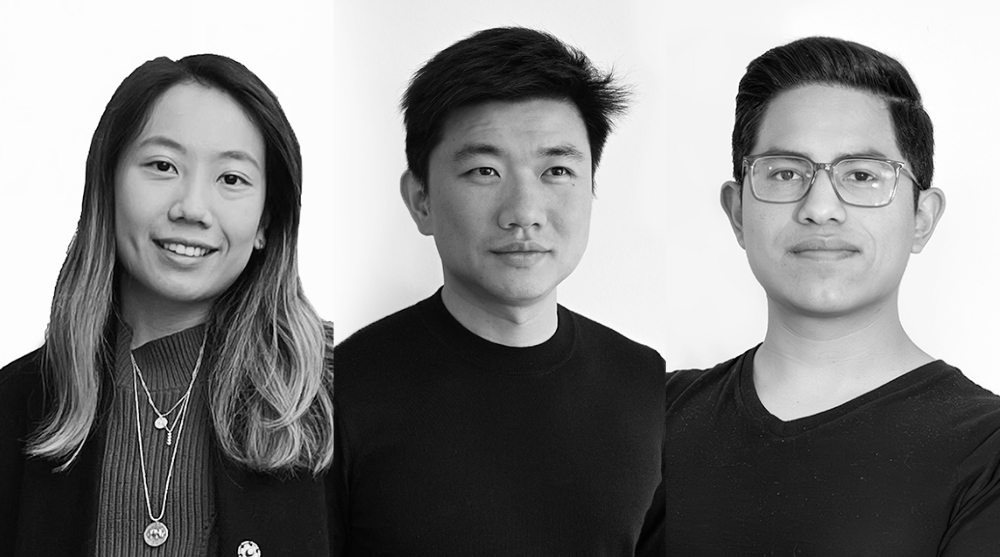We’d like to take the opportunity to introduce you to the Honorable mention winners of our "Los Angeles Affordable Housing Challenge" competition – De Peter Yi, Heather Kate Cheng and Peter Loayza Velasque from United States!

De Peter Yi, Heather Kate Cheng and Peter Loayza Velasque
Please tell us about your company (when it was founded, where it is based, how many employees, etc) Alternatively, if you do not have a company, please give us some insights on your own professional/academia background.
Rebuild Collective was founded by De Peter Yi in Cincinnati, Ohio, USA. Peter is a licensed architect, Assistant Professor of Architecture at the University of Cincinnati’s College of Design, Art, Architecture, and Planning (DAAP), and co-coordinator of the school’s Simpson Center for Urban Futures. Previously, he was a co-founder and co-director of 1+1+ Architects in Detroit, the Sanders Research Fellow at the University of Michigan, and a designer with Studio Gang Architects in Chicago.
Rebuild Collective is an architectural design and research studio bridging material and social interests. Our work engages the public with municipalities to advance material reuse, zoning reform, and new housing models. We believe in the ability of design to bring joy and fulfill common goals.
Brief information about the projects that you/your company have been involved with. For instance, what scale have you focused on/preferred, any significant projects where the company/ individuals have been Involved?
Our current projects include a house, a book, a workshop, and a proposal for cohousing. We work on ideas that can scale to collective social and environmental impact. For example, we are completing a house in Los Angeles that reconfigures a backyard as a courtyard through creative interpretation of zoning code. At the same time, we designed a proposal for an entire residential block in Los Angeles that uses California’s SB9 guidelines to densify, while creating many courtyards that can be used for social and ecological benefits. We are also working on a replicable workshop format that engages residents with building reuse in their communities, with the potential to address the many thousands of abandoned and disused buildings in cities like Cincinnati and Detroit. Our work expands the notion of the client toward the greater public. We see ourselves working with and for municipalities, non-profits, and self-formed collectives such as housing cooperatives and DIY builders.
What does architecture mean to you and what is the role of an architect in your society?
We see all architectural outputs (whether a building, a model, or a drawing) as tools for cooperation. Therefore, by working on architecture, it’s possible to uncover the underlying protocols that inform how we build and advocate for positive change. We are particularly interested in questions of equitable housing and environmental stewardship.
Why do you participate in architecture competitions?
We see architecture competitions as a way to work on important questions that may not be addressed in commissioned projects. Therefore, we view ideas competitions as a small but critical part of a larger project with many inputs and outputs, along with additional sources of support.
What advice would you give to individuals who struggle to decide whether it would be beneficial for them to participate in architecture competitions?
Participating in a competition can be invaluable if the work becomes part of a larger project you are pursuing. It can be helpful to think about where a specific competition prompt can fit into a topic you are interested in, and how you can find joy in the process.
Top 3 Reasons Why You Should Enter Architecture Competitions
Curious about the value of architecture competitions? Discover the transformative power they can have on your career - from igniting creativity and turning designs into reality, to gaining international recognition.
Learn more



























